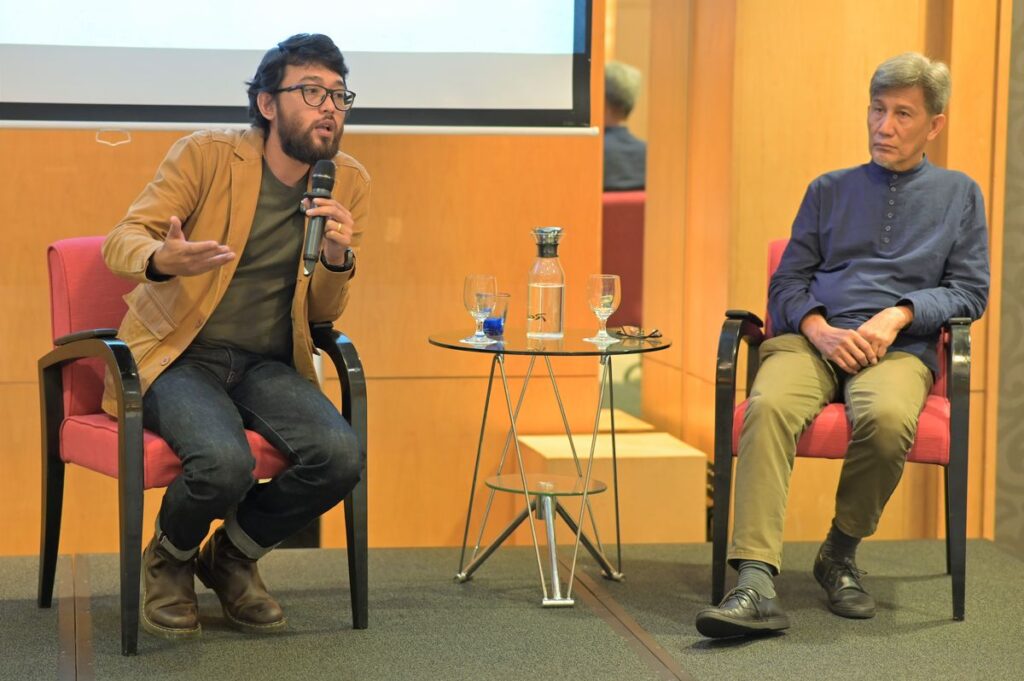
The economics of art – and documenting, measuring, and growing Brunei’s art industry – was deliberated at SynARTgy’s first forum on May 20.
The half-day forum held at the Radisson Hotel featured four speakers who drew from theoretical frameworks, case studies, and personal experiences to elucidate the forum’s subject of value creation through the art industry – and it’s application to the relatively nascent Brunei art market.
CEO and founder SynARTgy Dr Irene Yap, who is also the Head of Economics, Research, and Statistics at the Brunei Darussalam Central Bank, put forward the idea of establishing a professional body in the Sultanate representing the industry – similar to art councils seen overseas – that would help develop, consolidate, and validate producers in this space.
“It can act as an enabler, facilitator, and a development agency to become a voice for the creative community; and to stimulate and promote the arts, increasing access to the arts through services, programs, and/or funding,” she said.
“The objectives of this entity would be the mapping of the art sector and identifying key players; developing supportive public policies to provide a conducive ecosystem; facilitating the growth of the art industry organically based on strengthening the supply and demand aspects, and continuously raise more awareness and develop professionalism to prepare the expansion of the market externally, beyond Brunei.”
Aside from artists, the proposed body would include galleries, curators, academics and other players involved in buying and selling art, providing credibility that could encourage greater trading of artwork.
Dr Yap said that the growth of the industry would carry beneficial wider socio-economic impacts; contributing towards design and innovation while also fostering and strengthening cultural identity.
She added that there’s been greater recognition internationally to quantify the growth and contribution of the creative industries; including reports by the Organisation for Economic Co-operation and Development and the United Nations Conference On Trade and Development.



Meanwhile Senior Assistant Professor at the Faculty of Arts and Social Sciences of Universiti Brunei Darussalam Dr Rui Oliveira Lopes charted the commodification of art, and how Bruneian artists can leverage their unique cultural identity – including the national philosophy of Melayu Islam Beraja (MIB) – to produce work that would differ from artists residing in neighbouring countries.
To draw lessons from the nearby market, renowned independent art curator from Singapore John Tung was also invited to share how the city-state’s art and culture policy continuously balances the dual goals of economic and social development. He highlighted that cultural infrastructural development was necessary to maintain investors, foreign talents, and develop local tourism.
Pioneering local artist and the founder of one the few independent galleries in the country Osman Mohd also shared his experiences setting up and sustaining Creative Space Studio and Art Gallery, while also giving his outlook on where Brunei’s art industry is headed.
Brunei Shell Petroleum (BSP) sponsored the forum which was attended by over 80 people including, artists, government officials, students and other creative and art enthusiasts. BSP also sponsored the participation of students and staff from SMARTER, Pusat Ehsan, La Vida Brunei and Pusat Bahagia Pulaie.











